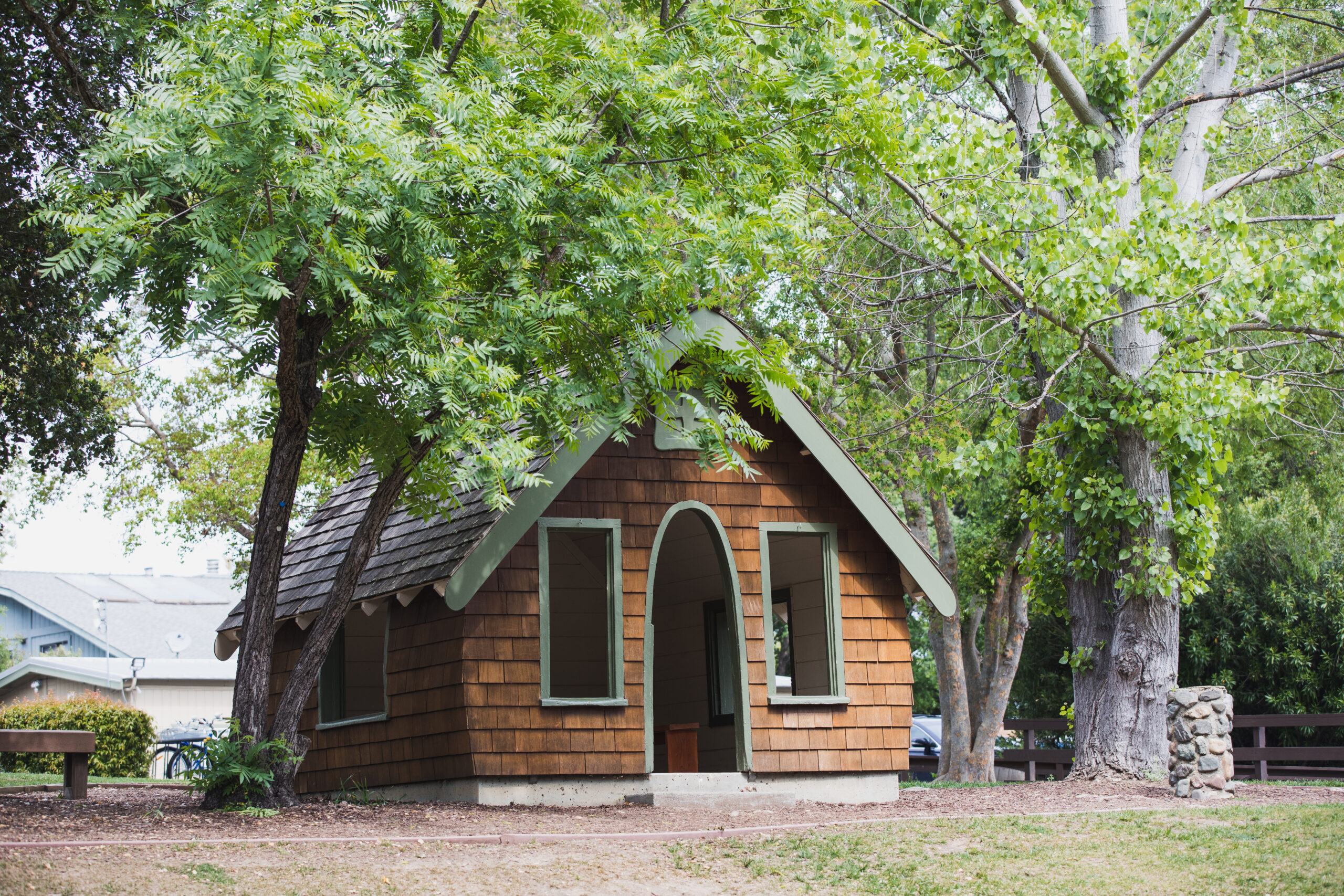One of the early lessons I learned as a parent was how to short-circuit toddler-driven decision-making gridlock.
You know the routine. You don’t ask, “What do you want to wear today?” Instead, you pull out two outfits and say, “Do you want to wear the polka-dotted dress or the one with the frilly skirt?” Over the last year, I’ve been living this almost daily with my very opinionated three-year old, Piper. Most of the time the strategy works. Piper gains some control and is able to make the decision, and yet I avoid the process of having her look at every dress in her closet. Most of the time….
I was reminded of this last weekend when I happened to catch a short piece on National Public Radio where they were talking about a book that made the rounds just a few years back, Nudge: Improving Decisions about Health, Wealth, and Happiness, by Cass Sunstein and Richard H Thaler. One of the central arguments of the book is that people’s decisions – or behaviors – can be strongly influenced by the context – or “choice architecture” – in which they make those decisions.
As an example, they talk about the setup of a cafeteria. Placing things in key places – sticking the salad bar at the front of the line instead of hidden behind the burgers and fries – can influence decision-making and encourage healthy choices. As another example, they note that countries that require people to actively opt out of organ donation, instead of having to opt in, have significantly higher organ donation rates.
As parents, our role is to create the framework – the “choice architecture,” so to speak – to support our children in their efforts to make good decisions. When they are toddlers, it may sometime feel like we are just performing tricks to maintain our own sanity – how can I avoid a 10-minute tantrum about today’s outfit? As they get older, however, it becomes increasingly clear that it is about creating a safe and nurturing framework in which our children can grow into independent, self-reliant adults.
Allowing older children to decide how they are going to complete weekend chores, for example, can be a good way to teach them responsibility and offer them a level of choice. Instead of telling them they need to do something at a set time, you can provide them a list on Saturday morning – clean your room and weed a portion of the garden, for example – and then tell them it needs to be done by Sunday evening.
At Flag last Monday, I took a few minutes to talk to the students about kindness. I reminded them that it was the first of our core values and explained that, like a cold, kindness can be contagious. I encouraged them to share heartfelt compliments this week with their classmates, their teachers, and their parents. By actively embracing the challenge to be kind, all of us – students, teachers, parents – can create the strong, nurturing community we all believe in as the foundation for a healthy school.
In a sense, I see our core values as the “choice architecture” of the school. These values provide a strong framework that students operate within. I have no doubt that our constant injunction to student to take risks, for example, creates an environment in which students are more likely to volunteer to complete a difficult math problem or to speak in front of their peers. At Hillbrook, kindness, curiosity and risk taking are default settings within which our students operate on a daily basis and something we hope they take with them to high school and beyond.
